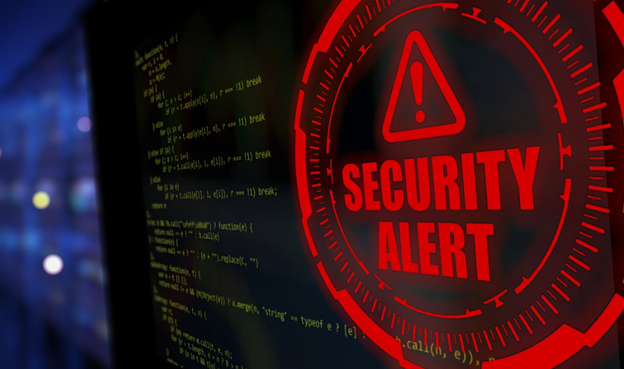The internet keeps evolving. What started as a means of communication quickly became a core part of everyday living. From being a source of information to a platform where businesses are conducted. Unfortunately, cybercrime also evolves, taking on a new face and structure, sometimes too quickly that it is hard to keep up.
This is one of the reasons why insurance coverage for cyber security is important. There was a time when all one had to care about were viruses. When one had an anti-virus set up, one would be confident that hardware was safe.
Unfortunately, now you have so much more to worry about, especially if you are a business owner. Knowing what cybercrime looks like will help you determine the kind of cybersecurity insurance you’ll need for your business.
Ransomware
Hackers sometimes gain access to systems and hold the data “hostage”. They may threaten to release the data, or permanently block the organization from accessing the information if they do not receive a ransom.
Some of the malware used will simply lock the system until the organization gives in to the hackers’ demands. However, there are instances where the malware damages the files, so the company risks losing money and the files.
Singapore has reported an increase in ransomware. In 2021, hackers locked the digital systems of 137 companies in Singapore and demanded a ransom. Unfortunately, this is a fight with an invisible enemy. The Singapore government has rated ransomware as an “urgent issue” that requires counter-ransomware solutions.
Malware
Malware is a code that hackers use to infiltrate and compromise data in digital systems. Malware falls under four main categories.
- Trojan.
- Spyware.
- Viruses.
- Ransomware.
The type of malware used will depend on the intention of the infiltrator. Cybersecurity insurance usually covers the damage caused by the malware used.
For example, a trojan is software that appears legitimate, when it is not. When users click on the given link, hackers get backdoor access to the electronic device and all the information in it. The hackers can then choose to steal or modify data. They can also install viruses to wipe out the entire system, leaving your business in a mess.
Spyware, on the other hand, is silent monitoring malware. It observes what users are doing and the information in the systems, the passwords, usernames, payment information, and much more. It will then report what it sees to the attacker.
It is hard to notice you have spyware because it doesn’t interfere with the system. Trojan usually crashes the system frequently, encourages email spam, and runs programs automatically.
Phishing
Phishing is a process where hackers send emails that appear to be legitimate. This is usually used to lure employees to share sensitive information, such as credit card numbers, passwords, bank details, and much more. Phishing is usually the step that preceded ransomware.
Phishing is multifaceted, and attackers can target people at different levels in the organization.
- Spear phishing targets a specific individual or group. Attackers usually send an email that falls under the docket of someone in a specific position in the company. They know the person will likely click the link and even respond to the email.
- Whaling is a type of phishing that targets people in senior positions, such as the CEO and CFO of the company.
Intellectual Property Theft
This cybercrime is usually very specific where the hacker seeks the company’s intellectual property. This may be confidential business information, such as data on recent innovations that are not available to the general public.
Denial Of Service (DDoS Attacks)
Sometimes the attackers can be so malicious that they employ large-volume attacks to deny you access to your servers or any other critical system of your business. Their intention may not be to steal any data but to slow down your progress or ground your business to a halt.
Every business and organization is vulnerable to these attacks. As long as you have electronic records and handle online transactions, you are at risk of cybercrimes. Cyber insurance will help minimize the negative effects of malicious attacks.
However, the company should take measures to block the attacks. Otherwise, you will be leaving your door open for hackers, and insurance companies will not compensate you because this is not a “break-in”. You more or less welcomed the attackers into your systems and you will have to pay for it out of pocket.



